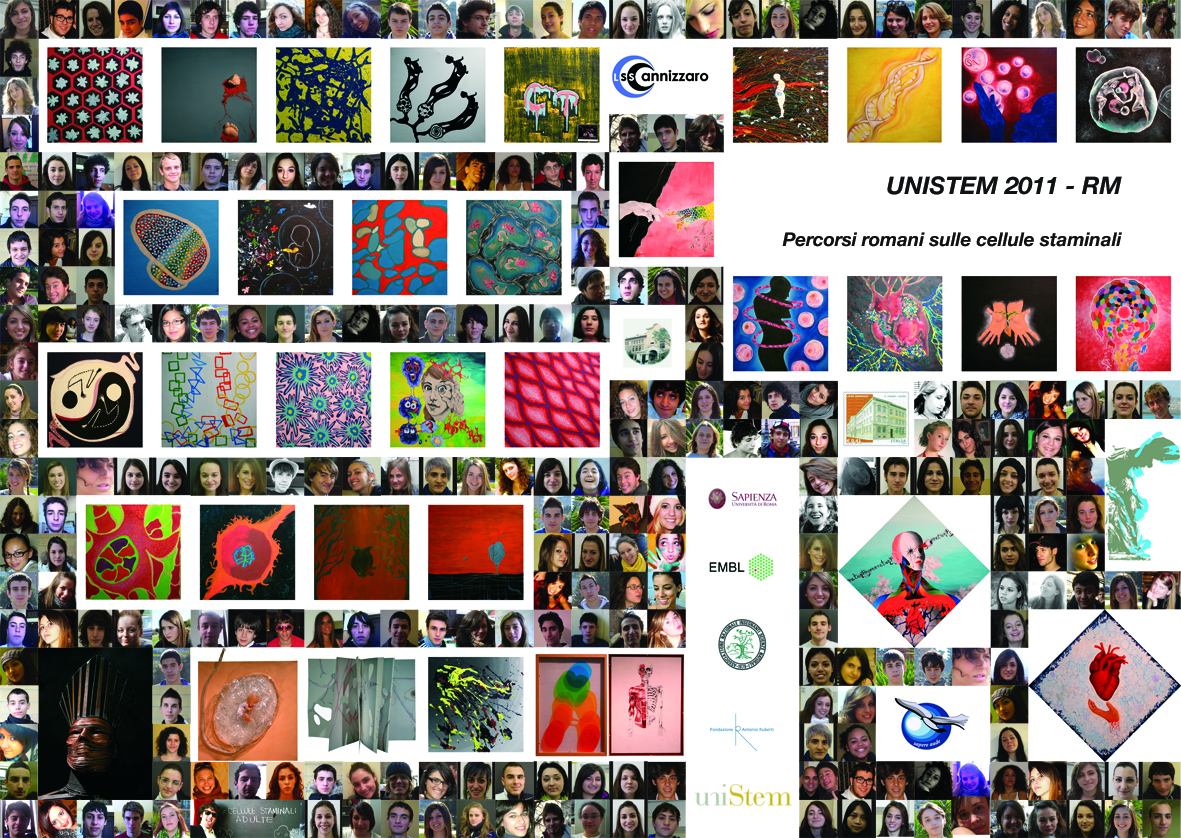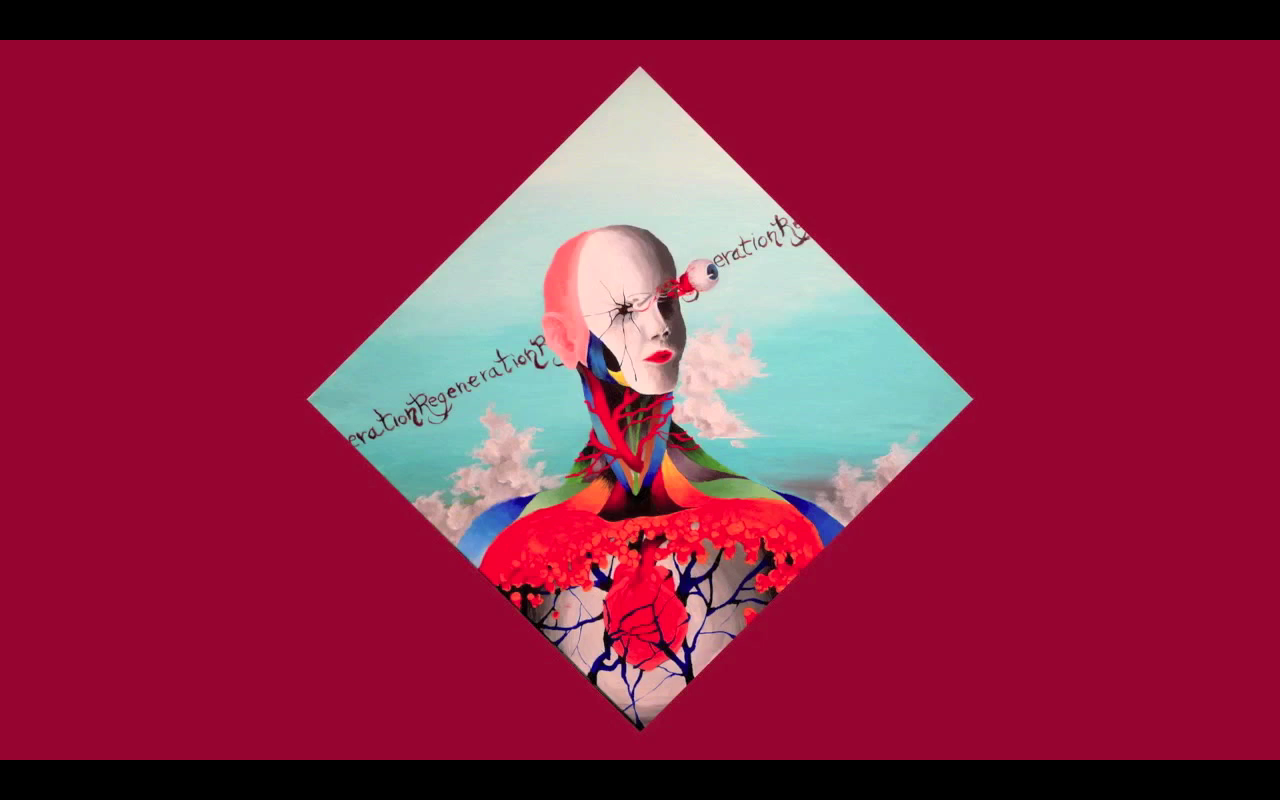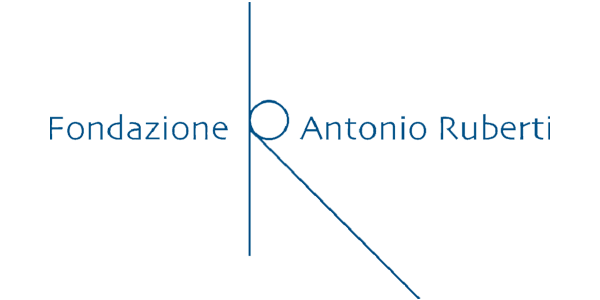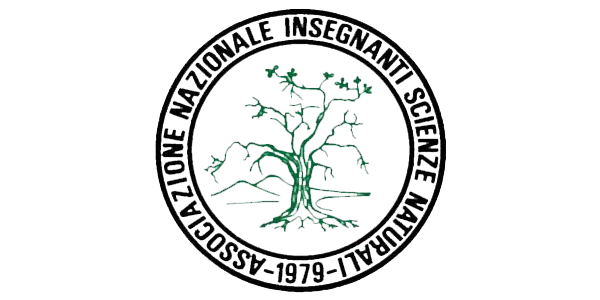
WHEN AND WHERE:
From October 2010 to April 2011
Lazio
TARGET AUDIENCE:
High School Students, Teachers, Researchers
PARTICIPANTS:
450 Students
20 Teachers
EDITION:
2010/2011
Unistem, the Interdepartmental Centre for Stem Cell Research at the University of Milan, organizes since 2009 a day dedicated to high school students, to bring young people closer to the world of research and show not only the challenges of the scientific knowledge, but also modes, environments and contexts in which researchers do their work. It is an activity that responds to the strong demand that comes mainly from the European Union to devote a portion of research funding, and time, to spread the cultural sense of scientific activity, to stimulate the vocations in the young students to pursue a scientific career and to circulate information to illuminate the controversies that often, in the media, tend to be used to cast doubt on the role of science and scientists in modern society.
This year, Unistem proposed to colleagues from the universities of Turin, Florence and Rome Sapienza University, to organise the event in partnership on March 18th, 2011. In Rome, the Sapienza University involved the European Learning Laboratory for the Life Sciences (ELLS) – at EMBL Monterotondo, theNational Association of Natural Sciences Teachers and the Antonio Ruberti Foundation in a preliminary activity with schools that participated in the conference. The activity was led by Rossana De Lorenzi and Tommaso Nastasi.
The idea of the project stems from the attempt to experience innovative and proven teaching methods to address a complex and controversial scientific theme, as stem cell research.
We joined secondary school teachers and students in a learning process based on the “inquiry” – or investigation – on remote collaboration and on the use of multimedia tools for educational purposes.
The central theme of stem cells has been split into four thematic areas (Experimental, Therapeutical, Bioethical and Historical / Speculative) and each class has chosen a subject to be explored through a cycle of activities inside and outside the school, with the support of the teachers and the organisers.
The project has made use of a strong interactive component, both in the structure of the activities and in the use of multimedia and remote support.
In fact, during the final phase students learning the same subject areas, have interacted in person and remotely in order to share resources, exchange ideas and collaborate in the preparation of a final report for each subject area. Students have freely chosen contents and forms that best matched the interpretation and elaboration of the subject and the creative abilities of the individual. At this stage the use of the social networks has been fundamental for the exchange and sharing among students, who have shown a great ease in using IT tools to participate in discussions and insights.
The result is an amazing collection of material that shows the engagement, passion and motivation of the students and their teachers. And the artistic component of this project, represented by the productions of the students of the Art School Ripetta, emphasizes the beauty that characterised this experience.
Supporters and Partners:







